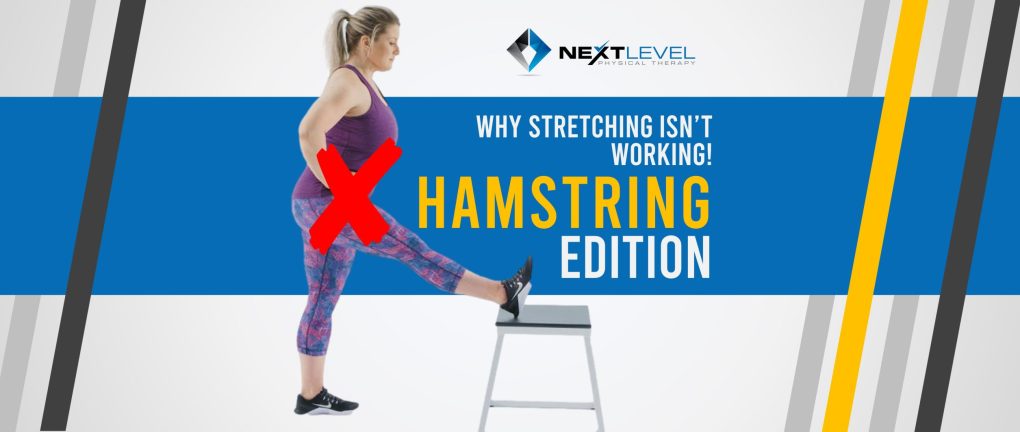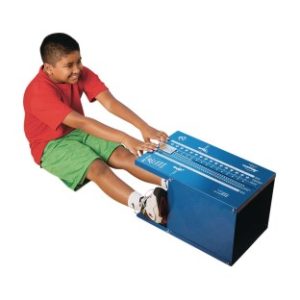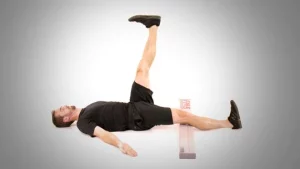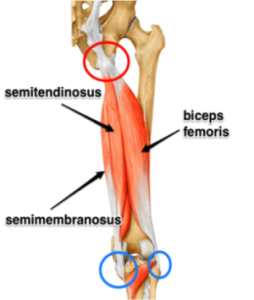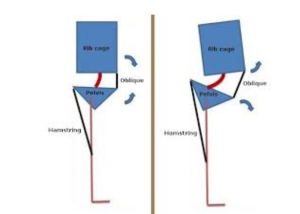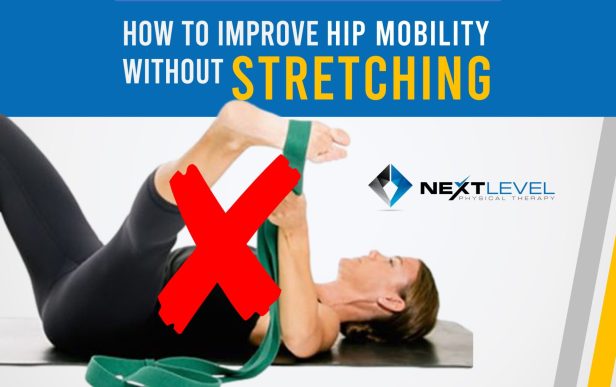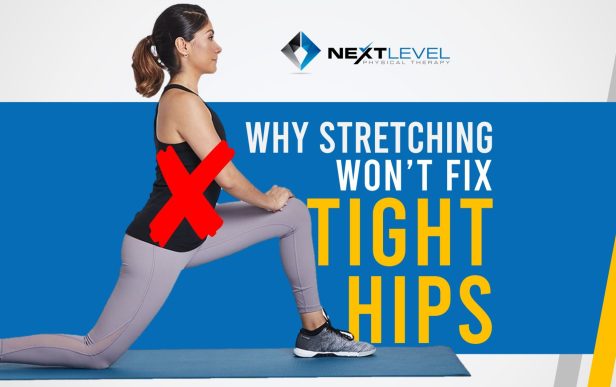Author: Dr. Ben Fan, DPT, CSCS, CMP
Stretching is something a lot of us do, but have we ever thought about why? Of course we have. The muscle is tight, so to fix it we stretch it. That makes sense, if the only reason why a muscle is “tight” or “restricted” is because it was shortened and we have to stretch it to elongate it.
What happens if the reason why it’s “tight” is not because the muscle is actually shortened. If that’s the case what good is stretching it. Hear me out. To help illustrate this and help this make more sense, let’s use the hamstrings as an example.
And don’t worry at the end of this I will show you my Top 3 Exercises To Fix “Tight” Hamstrings.
Almost everyone has tight hamstrings and stretches their hamstrings. Common tests we use to assess the hamstrings are the active straight leg raise or the toe touch. We all probably remember the sit and reach test in physical education class as kids too. Do they still do that?
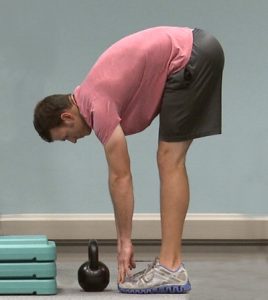
Anyways, if you couldn’t lift your leg straight, touch your toes or reach far down the ruler, you were told you have tight hamstrings and you had to stretch them.
Just because it’s tight doesn’t mean the solution is stretching!
How many of you have stretched and stretched, but never saw much change or any real lasting change? If stretching doesn’t change it, maybe the muscle isn’t shortened and stretching isn’t the answer.
What is it then? “Because I really do feel tension and tightness in the back of my leg when I try to touch my toes or when someone lifts my leg up”. I believe the tension and tightness individuals feel are real, I’m not saying it isn’t, but the reason is not because the muscle is shortened.
One thing we need to look at and appreciate is POSITION. To understand this, it comes back down to anatomy and neuro, like most things do.
Let’s take a look at the hamstrings…
The hamstrings originate on the ischial tuberosity of the pelvis, or the “sit bone”. They insert across the knee joint at the tibia or fibula, the lower leg bones.
Think of the hamstrings as a rubber band that extends from the butt down to the back of the lower leg.
When you bring the leg up, like in the straight leg raise, we can see how you put tension on, stretch, or elongate the hamstring. Remember though, while it inserts into the lower leg, it originates at the pelvis, so the position and orientation of the pelvis will have an effect on tensioning the hamstrings as well.
Pelvis Position:
Let’s say someone starts in an anterior pelvic tilt. That means the pelvis is tipped and rolled forward. If the pelvis is rolled forward and anteriorly tilted, that will put the hamstrings on tension.
If an individual naturally stands, sits, or lays down with an anterior pelvic tilt, that means their hamstrings are already on tension, and the rubber band is stretched. So when you go and try to reach for your toes or you go and lift the leg up, you feel a pull before you’re able to touch your fingers to the floor or straighten your leg out. This is because your brain and your body is stopping to protect you!
Figure 5: The picture above illustrates the influence of pelvis position on hamstrings. On the left, the pelvis is neutral and balanced. On the right the pelvis is anteriorly tilted and tipped forward. Observe how the black line (hamstrings), is longer.
Again, based on your pelvis’s position (anteriorly tilted), your hamstrings are already on a tension and “stretched”, so when you try and ask your body for more and more, eventually it will stop and not let you.
If you haven’t found success with stretching, before you stretch and stretch, or have someone jump on your back and push your down, please take a look at and appreciate position.
Get your body into a better position and then check and see if you still have the problem. If this is you, correcting something like an anterior pelvic tilt or getting out of an over extended posture, will not only help your mobility, but probably your pain if you’re experiencing any, and your risk of injury.
Disclaimer: I’m not saying stretching is bad. There are many benefits to and it is necessary to have good tissue quality, elasticity, and durability, but if you aren’t having success with improving your mobility by stretching, you may be attacking your issue wrong.
Click here to learn my Top 3 Exercises To Fix “Tight Hamstrings”
